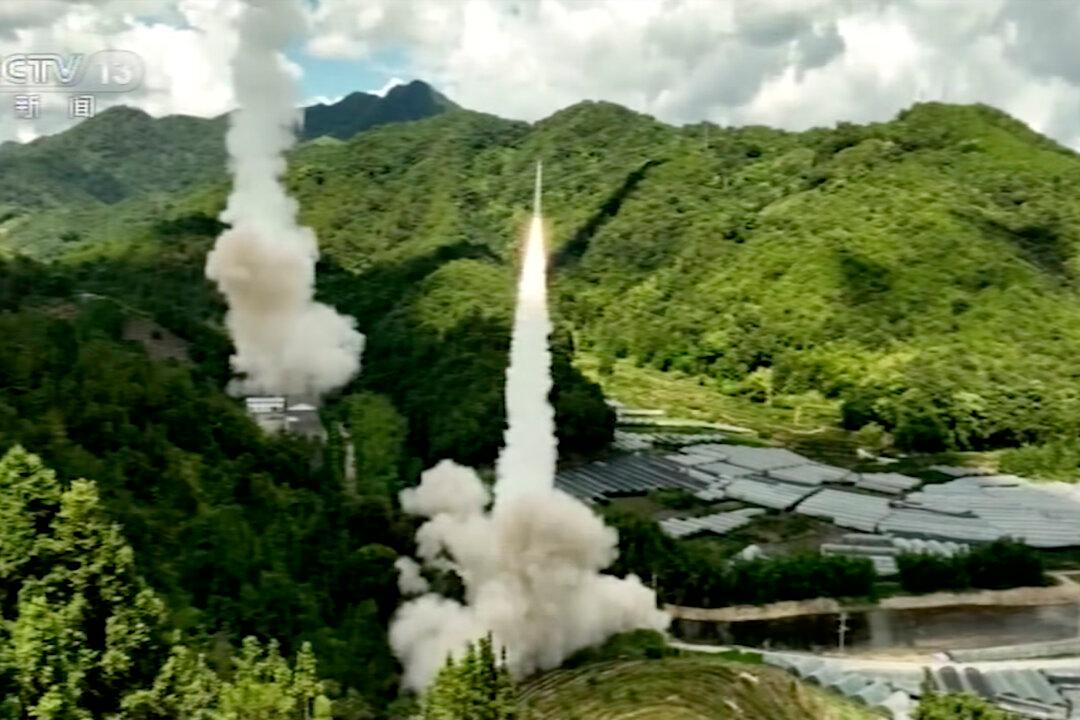Commentary
China’s blockade exercises to practice isolating Taiwan from the rest of the world and from rescue by America and its allies suggests that war could be on the horizon. Some analysts contend that Chinese leader Xi Jinping will not risk war before his reconfirmation to an unprecedented second 10-year term at the 20th Party Congress later this year. Once the Congress ends and Xi gets his anticipated reconfirmation, all bets are off.





